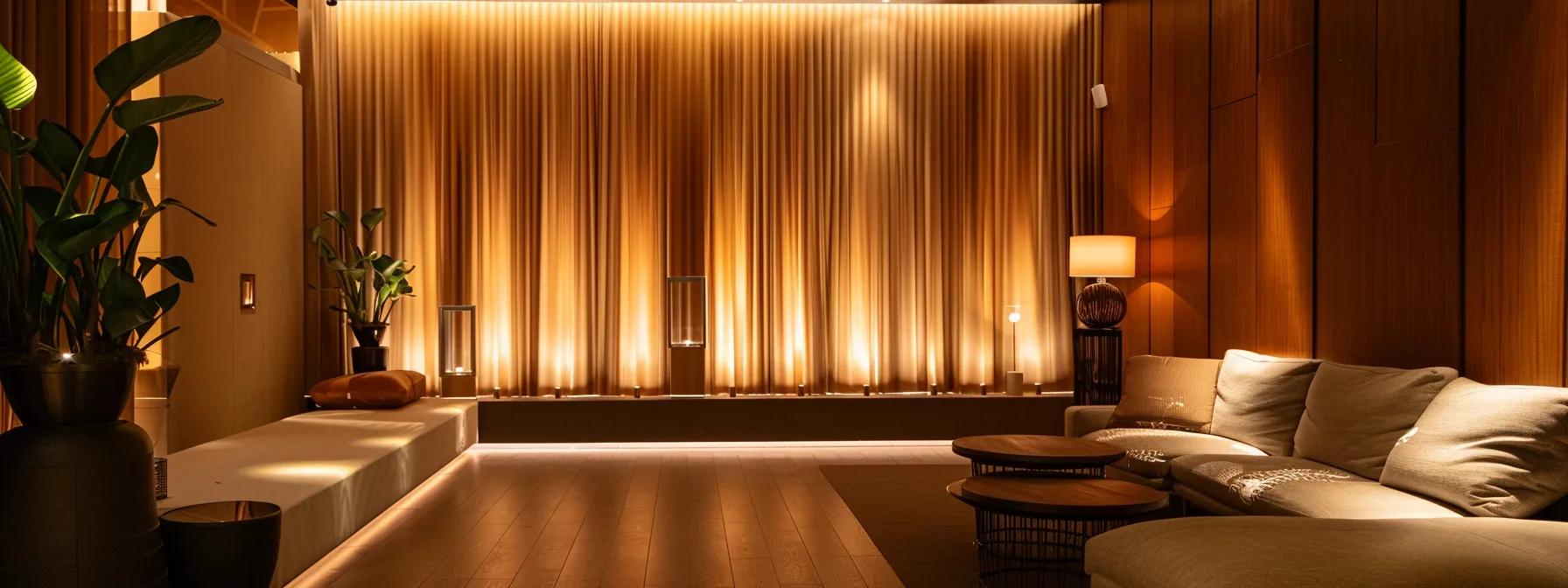Why Retrofit Your Home Lighting: Key Benefits Explored
Upgrading your home’s lighting system can deliver more than just brightness; it offers myriad advantages, from enhanced energy efficiency to improved aesthetic appeal. By retrofitting your lighting with modern technologies, homeowners can enjoy significant cost savings, boost property value, and contribute positively to the environment. This article will delve into seven key benefits of retrofitting your home lighting, exploring how these changes can profoundly impact your living space.
1. How Does Retrofitting Improve Energy Efficiency?

Retrofitting your home lighting significantly improves energy efficiency by replacing traditional incandescent bulbs with energy-saving LED lights. LED bulbs consume up to 75% less energy than incandescent bulbs while providing the same luminosity, leading to substantial reductions in electricity bills. This upgrade not only enhances home efficiency but also aligns with environmental goals, reducing your carbon footprint.
Research shows that households employing retrofitted lighting can save approximately $225 per year on electricity costs. Additionally, LED lights have a longer lifespan—averaging 15,000 to 50,000 hours—reducing replacement frequency and waste.
2. What Are the Cost Savings Associated with Lighting Retrofits?
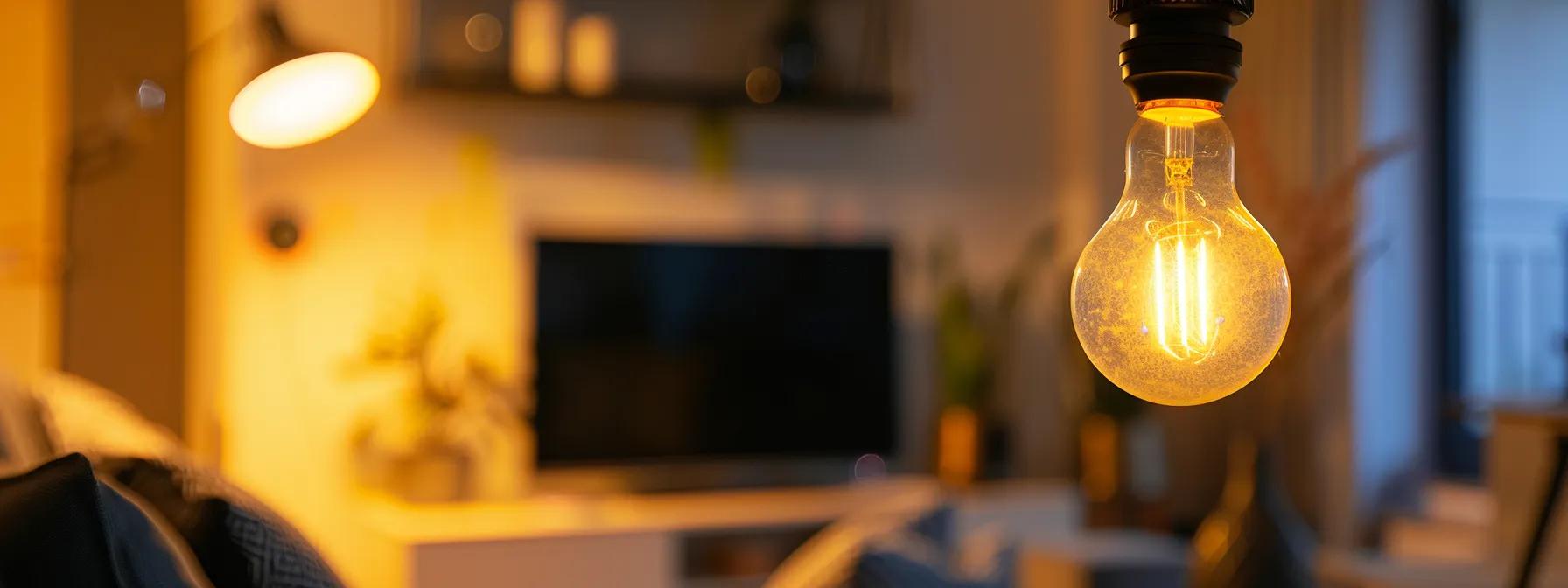
Homeowners who retrofit their light fixtures experience considerable cost savings thanks to decreased energy consumption and longer-lasting bulbs. The initial investment for LED retrofits can be recouped within two years through utility savings, depending on usage patterns and energy costs. Moreover, many utility companies offer rebates or incentives for retrofitting, further lowering upfront costs.
With the lower operating costs of LED fixtures—about $2–$3 a year for 10 hours of daily use compared to $40 for traditional bulbs—homeowners can significantly reduce their long-term expenditures. Over time, these savings can add up to thousands of dollars.
3. How Does Retrofitting Contribute to Environmental Sustainability?
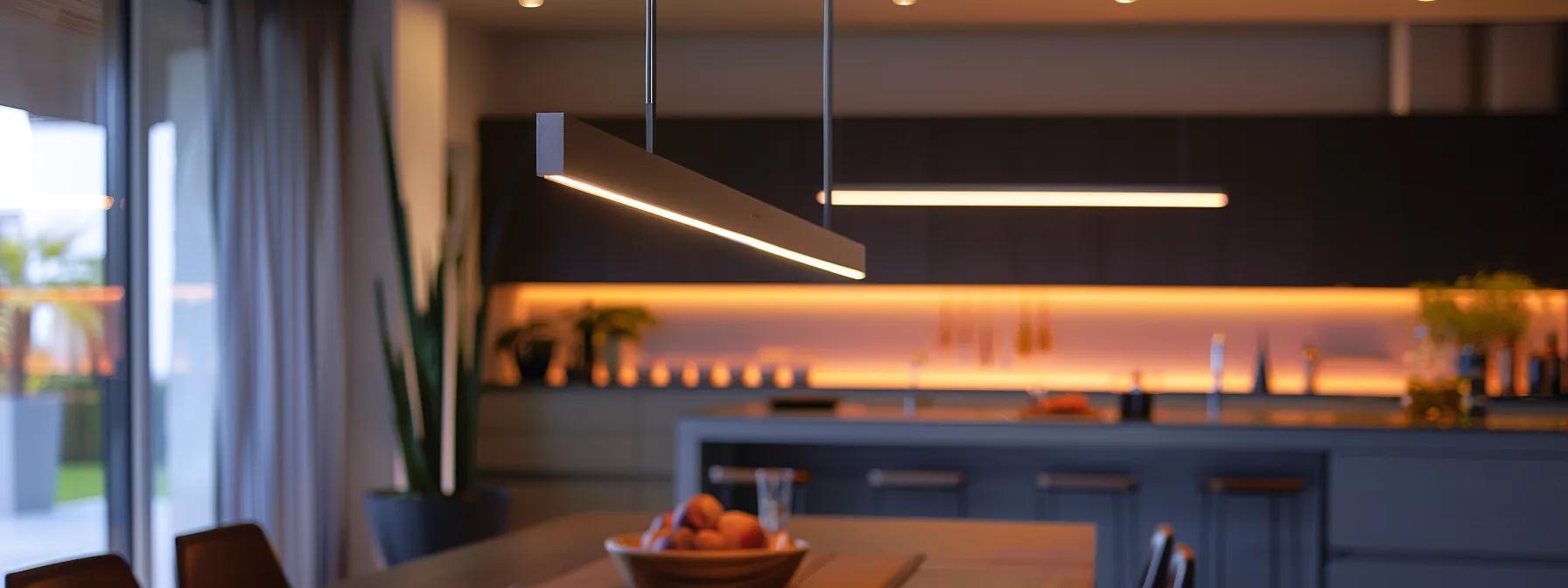
Retrofitting home lighting promotes environmental sustainability by significantly diminishing energy consumption and greenhouse gas emissions. LEDs generate less heat and are recyclable, unlike traditional bulbs that often contain hazardous materials, contributing to waste and pollution. By upgrading to energy-efficient lighting, a household can reduce energy use by about 40% and support national energy conservation goals.
Furthermore, the switch to LED lighting helps in reducing the demand on power plants, decreasing the overall environmental impact associated with electricity generation. This shift signifies a substantial movement toward a greener future, making every retrofitted light an investment in environmental health.
4. In What Ways Does Retrofitting Enhance Home Comfort and Aesthetic Appeal?
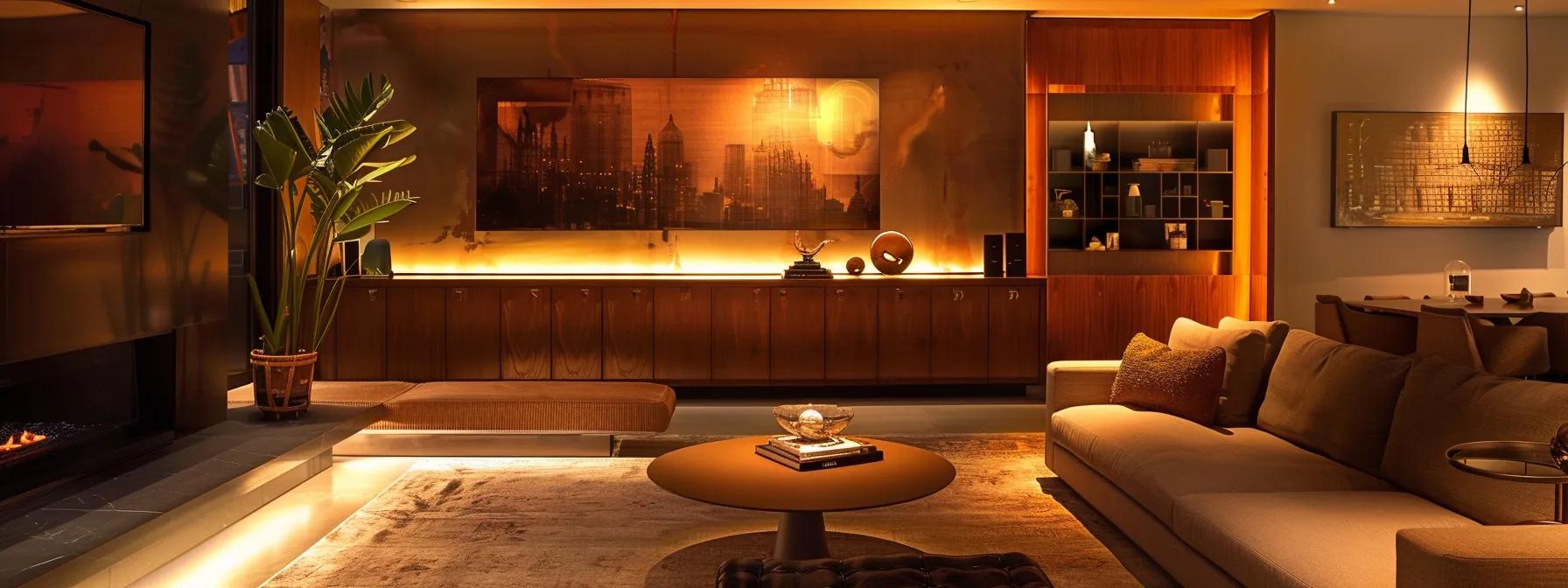
Retrofitting enhances home comfort by providing better lighting solutions suited to specific living areas. Modern lighting technology allows homeowners to select color temperatures that create inviting atmospheres—whether warm and cozy or bright and energizing. This capability positively impacts mood and productivity levels, transforming the way residents interact with their space.
Moreover, customizable dimmers and smart lighting controls allow users to easily adjust brightness and create ambiance, adding to the functional aesthetics of a home. By integrating advanced lighting technologies, you can improve not just how a room looks but also how it feels.
5. How Does Retrofitting Increase Property Value and Market Appeal?
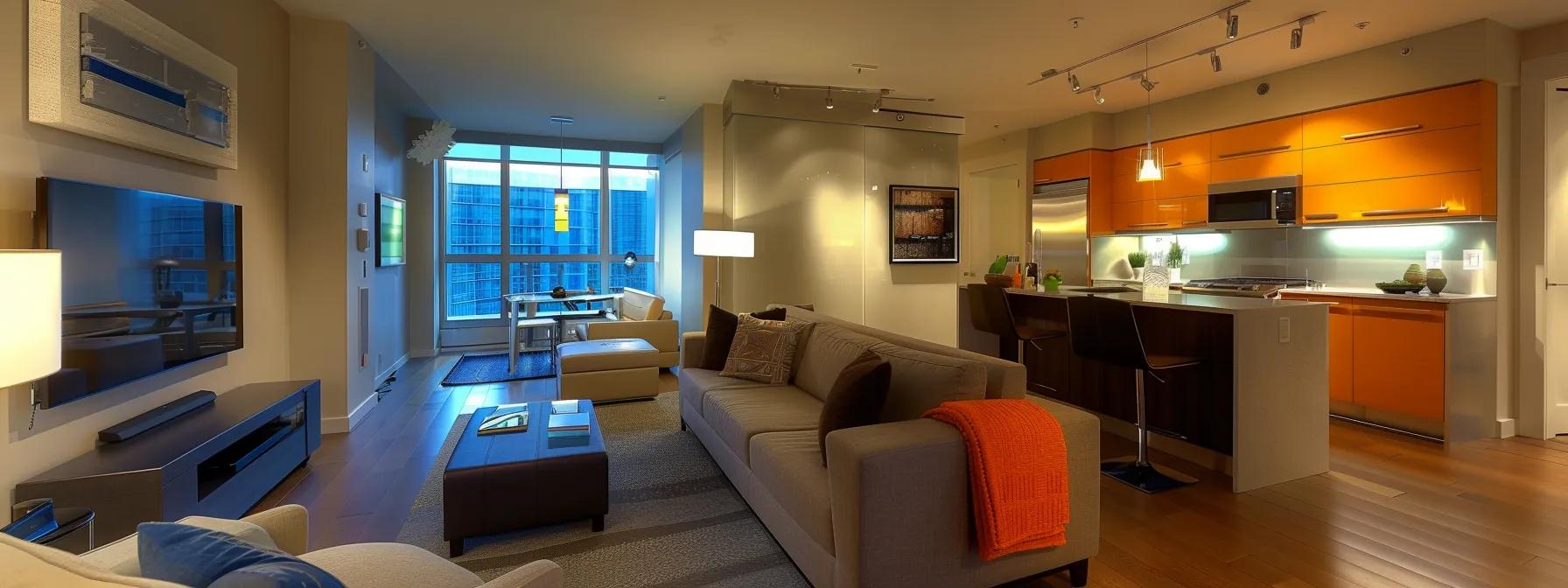
Retrofitting home lighting can increase property value significantly, making it more attractive to potential buyers. Homes that utilize modern, energy-efficient lighting systems typically command higher prices in the real estate market. Energy-efficient upgrades such as LED lighting are often regarded as a desirable feature, signaling to buyers that the property is maintained and forward-thinking.
Furthermore, with the growing trend toward sustainable living, energy-efficient lighting can increase a property’s market appeal by aligning with eco-conscious buyers’ preferences. Homes with such upgrades can provide negotiating leverage, as energy costs become an increasingly important consideration in real estate.
6. What Practical Steps Should Homeowners Take for Retrofitting Lighting?
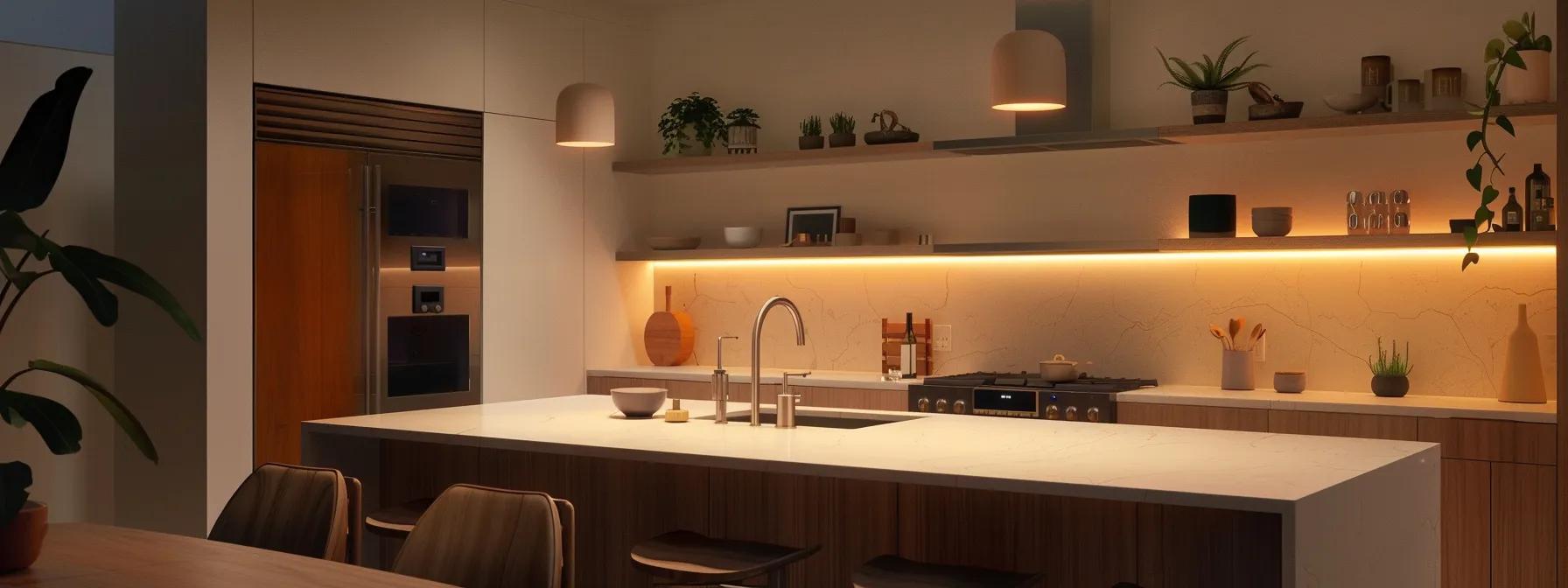
Homeowners looking to retrofit their lighting should begin by assessing their current lighting fixtures and identifying opportunities for upgrades. Key actions include replacing incandescent bulbs with LEDs, installing smart lighting controls, and ensuring fixtures are energy-efficient. Consulting with licensed electricians can provide insights into options available and proper installation practices.
Implementing a phased approach, starting with the highest usage areas like kitchens and living rooms, can also optimize costs and allow for gradual adjustments to aesthetics and comfort levels. Consider visiting local home improvement stores for products or hiring professional services for installation guidance.
7. What Are the Safety Benefits of Upgrading Home Lighting?
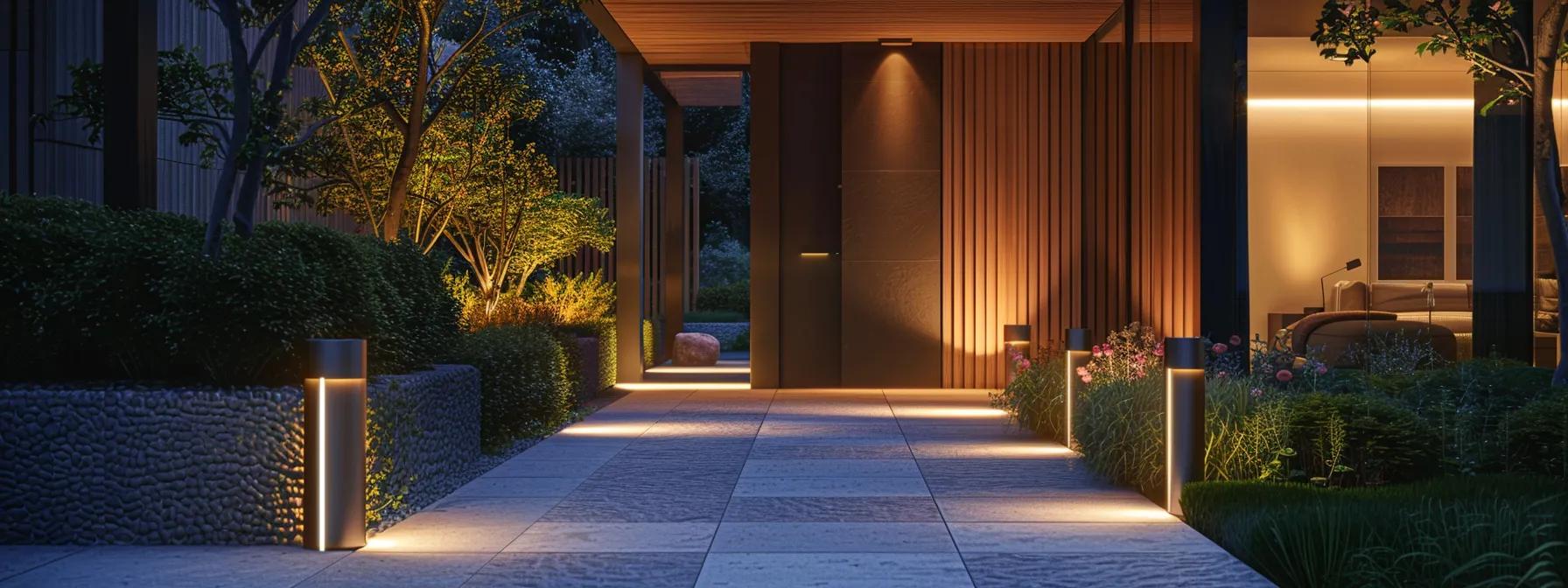
Improving home lighting contributes significantly to safety and visibility, reducing accidents caused by poor lighting in areas such as staircases, hallways, and outdoor spaces. Energy-efficient lights often provide better illumination and feature built-in sensors for automated outdoor lighting, enhancing security during nighttime hours.
Moreover, retrofitted lighting solutions typically reduce heat output, lowering fire risks associated with traditional light bulbs. Upgrading to motion-sensor lights and well-lit pathways can lead to safer navigation around properties, thus increasing both security and peace of mind for residents.
What types of lighting can I retrofit?
You can retrofit recessed lighting,
fixtures, and outdoor lights with LEDs or smart bulbs.
How do I choose the right LED replacement for my fixtures?
Look for LED bulbs compatible with your fixtures’ wattage, size, and base type.
Can I retrofit my lighting on my own?
While some
can DIY, consulting a licensed
is recommended for
.
Are there any tax incentives for retrofitting lighting?
Yes, local and federal tax incentives may be available for
-efficient upgrades.
How much can I save annually by retrofitting lighting?
can save approximately $200-$300 annually on
costs through
.
Retrofitting your home lighting is not merely an upgrade; it is a pathway to improved energy efficiency, significant cost savings, and enhanced comfort. Beyond aesthetics, a well-lit home can elevate property value and offer environmental benefits that contribute positively to a sustainable future. By taking practical steps towards retrofitting, homeowners can achieve a safer, smarter, and more attractive living environment.

